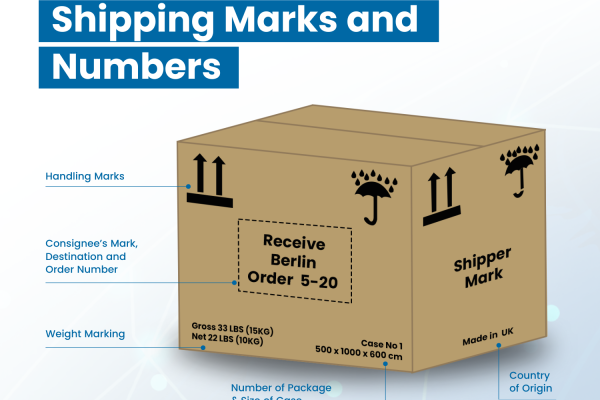When shipping internationally, it’s easy to overlook the importance of labelling the correct marks and numbers on cargo.
All too often we see import sea cargo arriving in Australia with marks and numbers that are inadequate or do match the reporting documents. This can result in delays, loss, or cargo being sent to the wrong destination. Exporters are likewise advised to pay close attention to the marking of their packages.
When shipping by less-than-container load (LCL) service, your goods will be consolidated with other cargo. This process involves your goods passing through a Container Freight Station (CFS), where cargo is loaded into, and unloaded from containers.
The marks and numbers reflect what has been reported on the commercial invoice, certificate of origin and bill of lading. It’s critical that marks and numbers match up with those on the shipping document to prevent mis-delivery or mis-handling.
If the carrier deems marks and numbers to be incorrect or inadequate, there’s a risk they will simply be absolved from all their responsibilities over your cargo.
Sea freight packaging marks and numbers must be clearly visible on the packaging itself, generally using labels or directly painted on the cargo.
Coded marks rather than trade names are often used in the shipping mark in order to help ensure that the handlers are less aware of the contents and therefore that the goods are less subject to theft.
What shipping marks can include:
- Consignee details: Name and full delivery address of the recipient – OR:
- Coded Mark: such as ‘ABC Co. / Order #12345 / Port of Melbourne.’
- Order number: Unique identifier for the shipment.
- Item code/SKU: Specific product identification number if applicable.
- Port of Destination: The ultimate port and transfer points should be marked on two sides of the packages.
- Handling instructions: If the shipment requires any sort of specialist handling or treatment such ‘Fragile,’ ‘This Side Up,’ ‘Keep Dry,’ then this should be indicated on both the shipping marks the Bill of Lading.
- Hazardous material markings: If applicable, symbols and UN numbers for hazardous materials.
All cautionary and handling shipping marks should be permanent and very legible. One suggestion is to use a stencil when creating shipping marks as it increases legibility – try to avoid materials which are not waterproof.
Most sea freight will require a certain level of handling at the target destination, so ensure that the languages at the origin and destination country are the same. If not, make sure that shipping marks and handling instructions are in both languages.
Colless Young is here to advise and assist with the correct marking of your packages and preparation of shipping documents, to ensure smooth handling and delivery of your freight. Contact Andrew, email enq@collessyoung.com.au Tel: +61 7 3890 0800.

